Related Research Articles
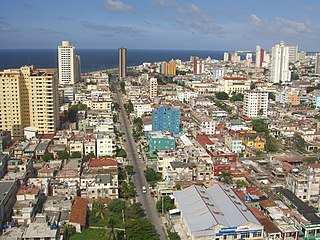
Havana is the capital and largest city of Cuba. The heart of the La Habana Province, Havana is the country's main port and commercial center. It is the most populous city, the largest by area, and the second largest metropolitan area in the Caribbean region. The population in 2012 was 2,154,454 inhabitants, and its area is 728.26 km2 (281.18 sq mi) for the capital city side and 8,475.57 km2 for the metropolitan zone.

Celia Caridad Cruz Alfonso, known as Celia Cruz, was a Cuban singer and one of the most popular Latin artists of the 20th century. Cruz rose to fame in Cuba during the 1950s as a singer of guarachas, earning the nickname "La Guarachera de Cuba". In the following decades, she became known internationally as the "Queen of Salsa" due to her contributions to Latin music. She had sold over 10 million records, making her one of the best-selling Latin music artists.

Antonia Coello Novello is a Puerto Rican physician and public health administrator. She was a vice admiral in the Public Health Service Commissioned Corps and served as 14th Surgeon General of the United States from 1990 to 1993. Novello was the first woman and first Hispanic to serve as Surgeon General. Novello also served as Commissioner of Health for the State of New York from 1999 to 2006. Novello has received numerous awards including more than fifty honorary degrees, was elected to the National Academy of Medicine in 2000, and has been inducted into the National Women's Hall of Fame. Her memoir, Duty Calls: Lessons Learned from an Unexpected Life of Service, was published in 2024.
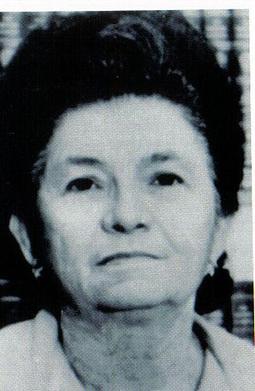
Ana María O'Neill was an educator, author and advocate of women's rights.

Ana Mendieta was a Cuban-American performance artist, sculptor, painter, and video artist who is best known for her "earth-body" artwork. She is considered one of the most influential Cuban-American artists of the post–World War II era. Born in Havana, Cuba, Mendieta left for the United States in 1961.

María de la Soledad Teresa O'Brien is an American broadcast journalist and executive producer. Since 2016, O'Brien has been the host for Matter of Fact with Soledad O'Brien, a nationally syndicated weekly talk show produced by Hearst Television. She is chairwoman of Starfish Media Group, a multiplatform media production company and distributor that she founded in 2013. She is also a member of the Peabody Awards board of directors, which is presented by the University of Georgia's Henry W. Grady College of Journalism and Mass Communication.
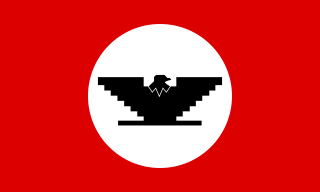
Chicano English, or Mexican-American English, is a dialect of American English spoken primarily by Mexican Americans, particularly in the Southwestern United States ranging from Texas to California, as well as in Chicago. Chicano English is sometimes mistakenly conflated with Spanglish, which is a mixing of Spanish and English; however, Chicano English is a fully formed and native dialect of English, not a "learner English" or interlanguage. It is even the native dialect of some speakers who know little to no Spanish, or have no Mexican heritage.

Dominican Americans are Americans who trace their ancestry to the Dominican Republic. The phrase may refer to someone born in the United States of Dominican descent or to someone who has migrated to the United States from the Dominican Republic. As of 2021, there were approximately 2.4 million people of Dominican descent in the United States, including both native and foreign-born. They are the second largest Hispanic group in the Northeastern region of the United States after Puerto Ricans, and the fifth-largest Hispanic/Latino group nationwide.

Hubertus Christiaan (Hubert) de Blanck was a Dutch-born professor, pianist, and composer who spent the better part of his life in Cuba.
Ana Lydia Vega is a Puerto Rican writer.

Caribbean Americans or West Indian Americans are Americans who trace their ancestry to the Caribbean. Caribbean Americans are a multi-ethnic and multi-racial group that trace their ancestry further in time mostly to Africa, as well as Asia, the Indigenous peoples of the Americas, and to Europe. As of 2016, about 13 million — about 4% of the total U.S. population — have Caribbean ancestry.

Leonardo Morales y Pedroso was one of the most prominent Cuban architect in Cuba in the first half 20th century. In 1900 he entered and attended pre-university studies at De Witt Clinton High of New York, where he obtained a bachelor's degree. In 1909 he graduated of Bachelor in Architecture from Columbia University. After graduating, he returned to Cuba in 1909 where he worked a time in the local architect firm of Newton & Sola with the architect Thomas M. Newton, who was director of the civil construction section of the Secretary of Public Works during the 2nd American intervention in Cuba. In February 1910, he returned to the United States and obtained a master's degree (Doctor) in Architecture from Columbia University in the State of New York. After obtaining his doctorate in architecture he joined in March 1910 the architecture Company Morales y Mata arquitectos, created in 1907 by his elder brother the engineer Luis Morales y Pedroso in association with the master builder Jose F. Mata. In 1917, after having built more than 30 important buildings, they decided to separate from José Mata, who had to stop working because illness and died a short time later. The company changed its name for Morales y Compañia Arquitectos with his brother the engineer Luis Morales y Pedroso as president and Leonardo as Associate together with other 7 architects. He was able to obtain noteworthy real estate commissions partly because of his family's origin, good social connections and social standing in Havana high society. He was named by the Cuban press of the time as the "Havana's architect" and his architectural style is recognized as the "Morales style". During 50 years Leonardo Morales y Pedroso received around 250 notable architectural commissions, some of them include:
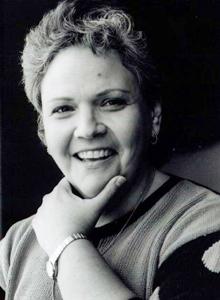
Ada María Isasi-Díaz was a Cuban-American theologian who served as professor emerita of ethics and theology at Drew University in Madison, New Jersey. As a Hispanic theologian, she was an innovator of Hispanic theology in general and specifically of mujerista theology. She was founder and co-director of the Hispanic Institute of Theology at Drew University until her retirement in 2009.
Juan Carlos Cremata Malberti is a Cuban film director. He started his career as an author and actor for children's TV shows made for the Cuban Institute of Radio and Television from 1981 to 1987. He is known for directing the movie Viva Cuba, which received the Best Children's Film award at the Cannes International Film Festival in 2005.

Arminda Schutte was a Cuban classical pianist and pedagogue.

The University of Havana is a public university located in the Vedado district of Havana, the capital of Cuba. Founded on 5 January 1728, the university is the oldest in Cuba, and one of the first to be founded in the Americas. Originally a religious institution, today the university has 15 faculties (colleges) at its Havana campus and distance learning centers throughout Cuba.
Magali Alabau is a Cuban-American poet, theater director, and actor. Born in Cienfuegos, Cuba, she has lived in New York since 1966. She co-founded the Spanish-English ensemble Teatro Dúo/Duo Theatre with Manuel Martín Jr. and the lesbian theater Medusa's Revenge with Ana María Simo. She began writing poetry after retiring from theater, and published eight books between 1986 and 2015.
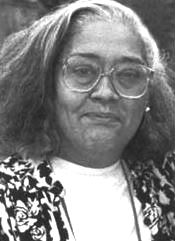
Excilia Saldaña was an Afro-Cuban juvenile literature writer, poet and academic. In 1984, she won the National Union of Writers and Artists of Cuba Special Prize La Rosa Blanca given for the best children's literature of the year for the first time and repeated that award four other times in her career. In 1995, she was a finalist in the International José Martí Prize for children's Literature awarded by the Costa Rican Ministry of Culture and the San Judas Tadeo Foundation. Three years later, her poetry garnered her the Nicolás Guilén Award.

Ana Violeta Navarro-Cárdenas is a Nicaraguan-American political strategist and commentator. She appears on various television programs and news outlets, including CNN, CNN en Español, ABC News, and Telemundo. She is also a co-host of the daytime talk show The View, garnering Daytime Emmy Award nominations for her work.
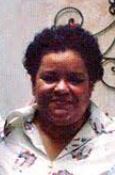
Lourdes Casal was an important poet and activist for the Cuban community. She was internationally known for her contributions to psychology, writing, and Cuban politics. Born and raised in Cuba, she sought exile in New York because of Cuban communist rule. Casal received a master's degree in psychology in 1962 and later, a doctorate in 1975 from the New School for Social Research. She wrote the book El caso Padilla: literatura y revolucion en Cuba, which illustrated the failing relationship between writers and Cuban officials. A year later, she co-founded a journal named Nueva Generation which focused on creating dialogue on relationships between Cubans living abroad and on the island. Casal earned notoriety by attempting to reconcile Cuban exiles in the United States. She was instrumental in organizing a dialogue between Cuban immigrants and Fidel Castro, which led to the release of thousands of Cuban prisoners. She was the first Cuban-American to receive the Casa de las Américas Prize, which was awarded to her posthumously in 1981.
References
- ↑ Telgen, Diane (1993). Notable Hispanic American Women. VNR AG. pp. 107–08. ISBN 0810375788.
- ↑ Schultz, Jeffrey D (2000). Encyclopedia of Minorities in American Politics: Hispanic Americans and Native Americans. Oryx Press. p. 434. ISBN 1573561495.